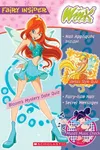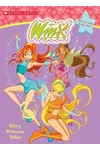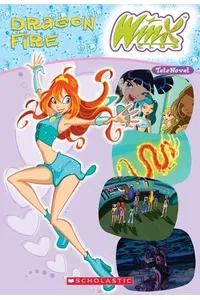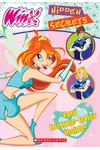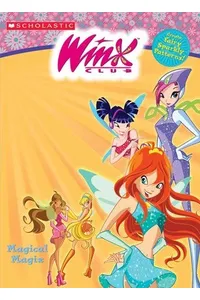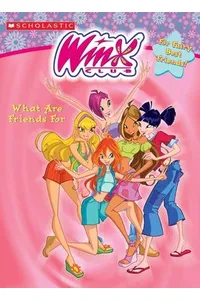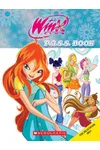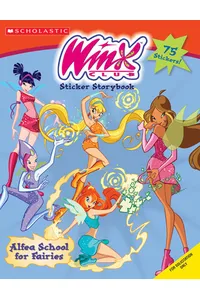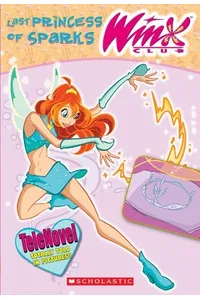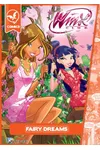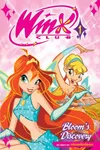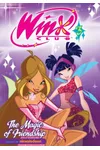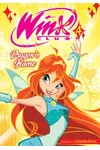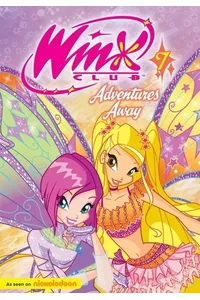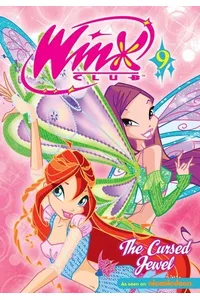Step into the enchanting world of Winx Club, where fairy magic, fierce friendships, and epic battles against evil spark a dazzling adventure! This beloved book series, inspired by the Italian animated show created by Iginio Straffi, invites readers to join a group of young fairies as they hone their powers at Alfea, a magical school in the vibrant Magic Dimension. With its colorful comic-style illustrations and heartwarming themes, Winx Club has captivated readers of all ages since its literary debut in 2012.
From the moment Bloom, an ordinary teenager, discovers she’s a fairy, the series weaves a spell of wonder, teamwork, and self-discovery. Whether you’re a longtime fan of the TV show or a newcomer to the fairy-filled universe, the Winx Club books offer a magical escape that’s hard to resist.
How Winx Club Began
Winx Club first fluttered onto screens in 2004 as an animated series by Iginio Straffi, founder of Rainbow S.p.A. Straffi dreamed of blending Italian creativity with the magical girl genre, inspired by anime and Western fantasy. The show’s success, with millions of viewers across Nickelodeon’s global networks, led to a vibrant book series starting in 2012. Published by Random House and VIZ Media, these books expanded the TV universe, offering comic-style stories and novels that deepened the fairies’ adventures.
Straffi’s vision was to empower young readers, especially girls, with strong, independent heroines. By collaborating with writers like Pam Pollack and illustrators, he crafted a series that retained the show’s charm while adding fresh tales of courage and camaraderie.
The Heart of Winx Club
The Winx Club book series kicks off with Bloom’s Discovery (2012), where Bloom learns she’s a fairy and joins Alfea to master her fiery powers. In Secrets of Alfea (2012), she faces the mischievous Trix witches, using quick thinking to save a school party. The Magic of Friendship (2012) sees Bloom juggling a job and a swamp adventure with her fairy friends, while Magic in the Air (2013) takes the Winx to Tecna’s tech-savvy planet, battling a robot rebellion.
These stories shine with themes of friendship, teamwork, and self-belief, set against a backdrop of sparkling fairy transformations and magical battles. The comic-book format, with vivid illustrations, brings the Magic Dimension to life, from Alfea’s glittering halls to dark, villainous lairs. Unlike typical fairy tales, Winx Club celebrates empowered girls who save themselves—and often the boys—challenging stereotypes with their bravery and wit.
The series’ lighthearted tone and focus on personal growth make it a hit for young readers, while its feminist undertones, praised by scholars like Jeanne Prinsloo, resonate with parents. Whether facing pirates, witches, or time-travel mishaps, the Winx fairies prove that strength comes from unity and heart.
Why Winx Club Resonates
Winx Club’s blend of magic and relatable struggles has left a lasting mark on the children’s fantasy genre. With over 22 books and 200+ comic issues by 2020, the series has sold millions worldwide, inspiring fans at conventions and even a live-action adaptation, Fate: The Winx Saga (2021). Its emphasis on ‘girl power’ and diverse personalities—Musa’s music, Tecna’s tech, Flora’s nature—offers role models for young readers.
Despite some criticism for its stylized character designs, the series’ positive messages about cooperation and resilience keep fans coming back. For many, Winx Club is a nostalgic escape, a reminder that magic lies in believing in yourself and your friends.
- Publication Years: 2012–present
- Number of Books: 22+ novels, 200+ comic issues
- Key Themes: Friendship, empowerment, teamwork
- Target Audience: Ages 7–15, all genders
Dive into Bloom’s Discovery and soar with the Winx Club fairies! Whether you’re battling witches or chasing dreams, this magical world is waiting to enchant you.
